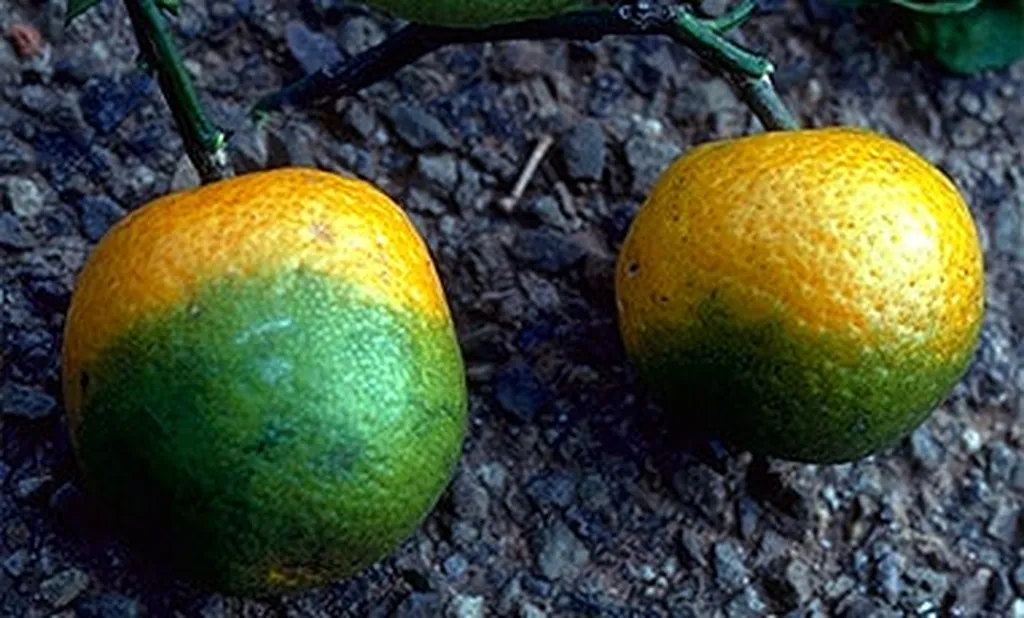In the ongoing battle against Huanglongbing (HLB), a devastating citrus disease, scientists have uncovered new insights that could reshape our understanding of plant-microbe interactions and potentially offer novel strategies for disease management. A recent study published in *Scientific Reports* delves into the intricate world of the citrus rhizosphere, revealing how the bacterial communities in the root zone are significantly altered by the presence of *Candidatus Liberibacter asiaticus* (CLas), the pathogen responsible for HLB.
The research, led by Elham Arjmand from the Institute of Biotechnology at Shiraz University, employed high-throughput sequencing to analyze the metagenome of the rhizosphere in *Citrus sinensis* (sweet orange) trees. The findings highlight stark differences in the composition and structure of bacterial communities between CLas-infected and CLas-free trees. “The changes we observed in the rhizosphere microbiome were profound,” Arjmand noted. “This suggests that CLas not only infects the plant but also dramatically alters the microbial ecosystem surrounding the roots.”
The study identified several key bacterial groups whose abundance was significantly affected by the infection. For instance, the presence of beneficial bacteria such as *Pseudomonas* and *Chryseobacterium* was suppressed in infected trees, while others like *Planococcus* and an unknown genus within the Caulobacteraceae family were enriched. These shifts in microbial populations could have profound implications for plant health and disease resistance.
The commercial impact of HLB on the global citrus industry is staggering, with billions of dollars in losses annually due to reduced yield and fruit quality. Understanding how CLas influences the rhizosphere microbiome opens up new avenues for microbial engineering, potentially allowing farmers to manipulate these communities to enhance plant defense systems. “By identifying these biomarkers, we can start thinking about ways to restore or enhance beneficial microbial populations in the rhizosphere to combat HLB,” Arjmand explained.
The study’s findings also raise intriguing questions about the broader role of the rhizosphere microbiome in plant health. Could targeted manipulation of these microbial communities offer a sustainable and effective strategy for managing not just HLB but other plant diseases as well? The answers to these questions could revolutionize agricultural practices, moving away from reliance on chemical treatments and towards more eco-friendly, microbiome-based solutions.
As the agricultural sector grapples with the challenges posed by climate change, pests, and diseases, the insights from this research offer a glimmer of hope. By harnessing the power of the rhizosphere microbiome, farmers may soon have a new tool in their arsenal to protect citrus crops and ensure food security. The journey towards microbial engineering of the rhizosphere is just beginning, but the potential benefits are immense, promising a future where agriculture is not just sustainable but also resilient against the threats of tomorrow.

